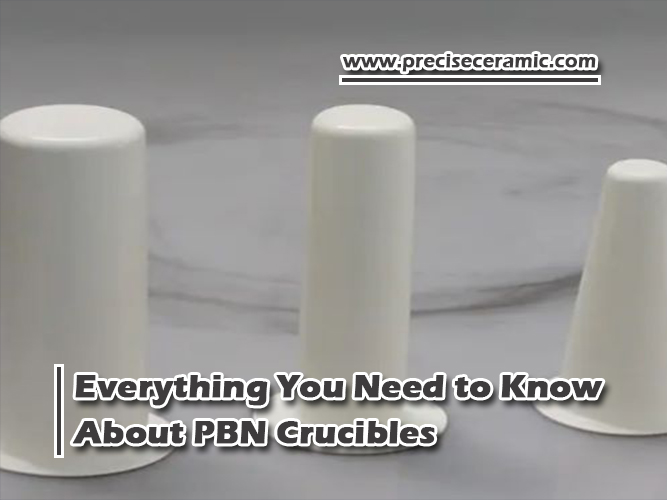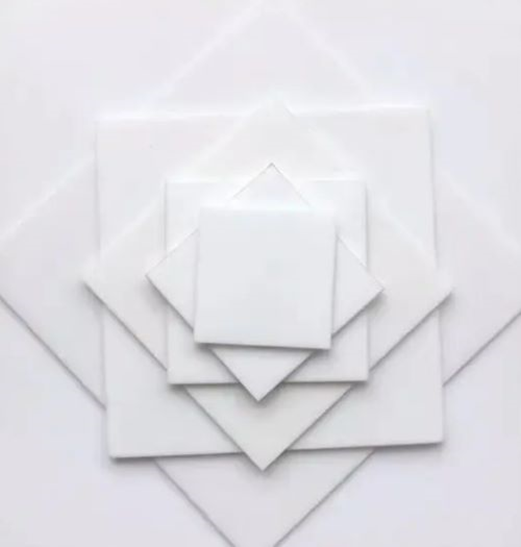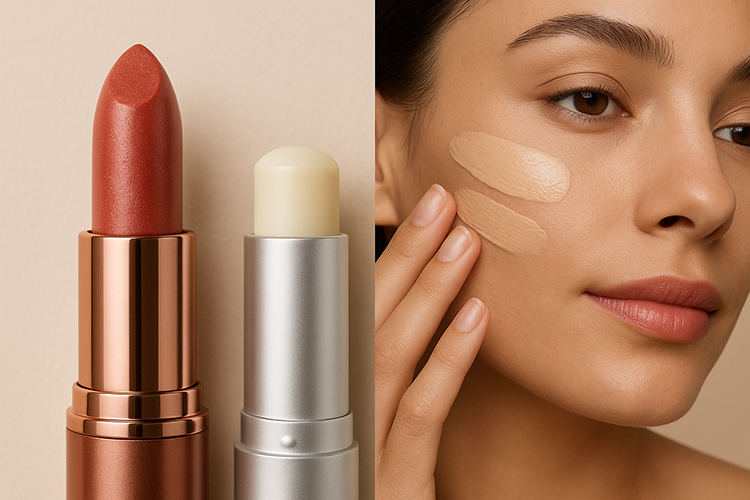Everything You Need to Know About PBN Crucibles

Introduction
PBN, or Pyrolytic Boron Nitride, is a high-purity ceramic material that is widely used in the production of semiconductor devices, as well as in research and development applications. PBN crucibles are an important product of this material, offering numerous benefits over traditional crucibles made of graphite or quartz. In this article, we'll explore everything you need to know about PBN crucibles, including their manufacturing, benefits, and uses. We also compare the PBN crucible with other crucibles to address their perspective advantages. Hope that you can have a deep understanding of the PBN crucible and select the most suitable crucibles for your projects after reading.
What Is PBN Crucible?
PBN crucible is a vessel or a melting tank made of pyrolytic boron nitride to heat solids, especially high melting point materials. Pyrolytic boron nitride (PBN) ceramic is a boron nitride ceramic material produced by chemical vapor deposition. It has a special structure and excellent properties. PBN’s hexagonal structure is very similar to graphite, but the layers inside PBN are connected by weaker van der Waals forces rather than strong covalent bonds. In other words, PBN is a soft crystalline form of boron nitride that requires careful handling during use. Nonetheless, PBN ceramic is characterized by impressive performance and chemical stability, which allow it to bear high temperatures and tough surroundings.

PBN Ceramic Sheets
Related reading: What is Pyrolytic Boron Nitride (PBN)?
How to Manufacture PBN Crucibles?
PBN crucibles are typically manufactured by chemical vapor deposition (CVD) at high temperatures and low pressure with BCl3 and NH3. In this process, a gas mixture of boron and nitrogen is introduced into a high-temperature chamber, where it reacts to form a thin film of PBN on a substrate. PBN layer manufactured by CVD is highly uniform and has few impurities, making it highly resistant to cracking and other forms of damage.
What Are the Applications of PBN Crucibles?
PBN crucible is characterized by high purity, high melting points, and excellent chemical stability. Therefore, a PBN crucible is preferred in most cases that need to be carried out in a high-temperature environment or require that the crucible material does not react with the melting material to cause impurities.
For example, PBN crucibles are used in the production of semiconductor devices. They are commonly employed for melting and processing materials such as silicon, gallium arsenide, and indium phosphide. PBN crucibles are also applied in research and development applications, such as crystal growth, high-temperature experimentation, and material testing. These crucibles are perfect materials for furnaces, microwaves, and electronic components as well.
PBN Crucible VS. Other Crucibles
- One of the primary advantages of PBN crucibles over other types of crucibles is their high-temperature resistance. PBN crucibles can withstand temperatures up to 2,000°C, which is significantly higher than the temperature limits of other crucibles, such as magnesia (1800℃) and alumina (1,700℃). This makes PBN crucibles ideal for use in semiconductor processing, high-temperature synthesis, crystal growth, and other high-temperature applications.
- Another merit of PBN crucibles is their chemical inertness. PBN is highly resistant to most chemicals, including acids, alkalis, and molten metals. Therefore, PBN crucibles could stand in corrosive environments, such as those found in the semiconductor industry.
- PBN crucibles have great thermal shock resistance, which means they heat up and cool down quickly. This makes them ideal for processes that require fast temperature changes, such as rapid thermal annealing and chemical vapor deposition.
- In addition to their performance advantages, PBN crucibles are environmentally friendly. They do not contain hazardous materials, emit harmful gases, or produce toxic waste, making them a safer option for high-temperature applications.
- While PBN crucibles have several good points over other types of crucibles, they have some limitations. For one, they are more expensive than other types of crucibles. They are also more fragile and require careful handling to avoid damage.
Related reading: Use Guide of Pyrolytic Boron Nitride Crucible
Conclusion
In a word, PBN crucibles offer numerous advantages over traditional crucibles made of graphite or quartz because of their high-temperature resistance, chemical inertness, thermal shock resistance, and environmental benefits. You can get these high-performance crucibles using a process called chemical vapor deposition. With their high level of purity and exceptional performance, PBN crucibles are an important tool for researchers and manufacturers in the semiconductor industry and beyond.
Advanced Ceramic Materials (ACM) is a reliable supplier of advanced ceramic materials. We have PBN crucibles of a wide range of shapes and sizes to meet the needs of different applications. Common shapes include cylindrical, conical, and rectangular. We can provide various PBN crucibles used in OLED, LEC, and VGF. We also offer customized PBN crucibles that meet specific size and shape requirements for your project. For more information, please check our homepage.
{{item.content}}
LEVE A REPLY
{{item.children[0].content}}
{{item.content}}
LEAVE A REPLY
SUBSCRIBE OUR NEWSLETTER
- Boron Nitride in Cosmetics: Enhancing Performance and Sensory Appeal
- Maximize MOCVD Yield and Purity with Hexagonal Boron Nitride Setters
- What Are the Advantages and Uses of Boron Nitride Ceramic Sheet?
- The Compression Annealing Advantage for Pyrolytic Boron Nitride
- Beyond Insulation: The Surprising Spectrum of Ceramic Thermal Conductivity











